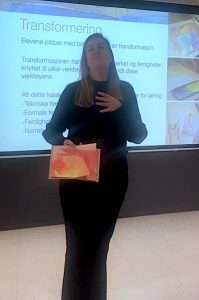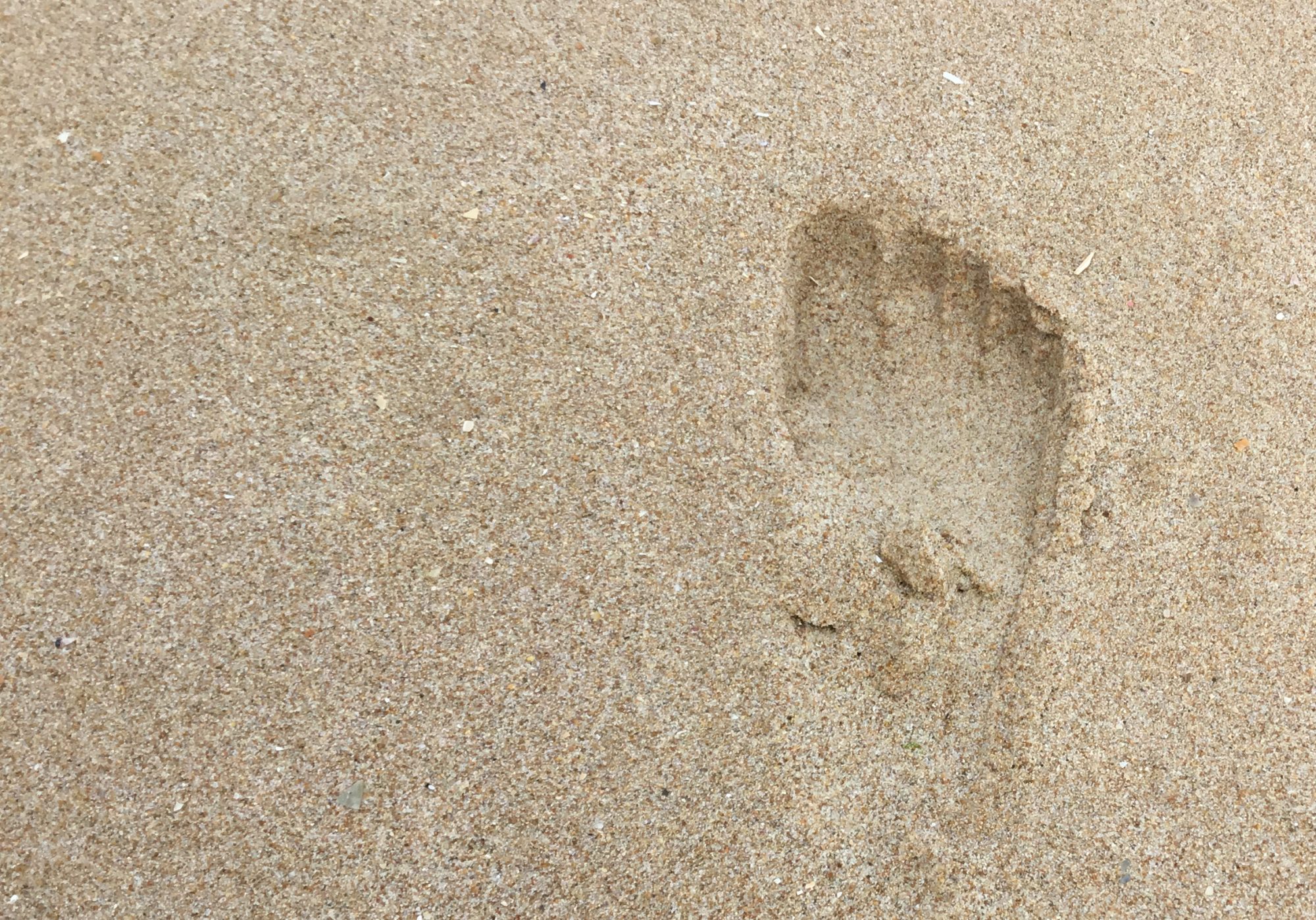Observing children’s play is appealing because although their play can be interpreted as an echo of something experienced, observed or heard, the elements of play are merely reproduced in the exact way they occurred in reality. Children’s play is more than a reproduction of experiences; it is a creative transformation of impressions.
Play can be understood as a form of creating multimodal stories with several dimensions of meaning making. This becomes evident when attending Mari Ann Letnes lecture on how use of technology and digital tools can be approached as playful learning in education. In Mari Ann’s words:
“Digital media has a major role in the way contemporary children play, think, learn, express, and interact. Therefore, it is important that the digital universe is considered crucial for learning in current and future education.”
During the lecture Mari Ann demonstrates her statements by showing video documentations from situations within early childhood education, where children create stories by visual expression.
The documentations illustrate how children start their open-minded story investigations with colours on paper. The investigations continue in a mode where the children discover even more about the visual meanings beyond the colours. They start to imagine characters, compositions, landscapes, movement, light, and dark, which they visually create as new layers. During this play the children narrate a story, aware of that the outcome of their processes are compiled in book form.
The children take agency of their stored and created stories. For instance, in one of the videos we meet a group of children where one child is very informed by the creation she has made. We follow how she analyses her process and her visual product, and we observe how the other children actively communicate and respond to her creation. The children acknowledge that they are collaborative agents of their creation and learning.
Aside from reproductive meaning making, we can readily observe another type of activity. When playfully creating the story, the children investigate their past and future; visually narrating more than reproducing impressions once happened. We can identify modes of inter-textual and hyper-textual play, which are easily recognized in digital narration discourse. This because the play not only recovers traces of stimulation that children necessary reached in their past, their visual narratives also arise from elements never actually experienced.
The children communicate and express ideas, images and elements in what I interpret as rhizomatic learning formations; they create stories by moving in nomadic constructions between clusters of known and unknown. An activity of this type results, not only in the reproduction of previously experiences but in creation of new stories.This is collaborative and combinatorial creativity, expressed from an artful research point of view, as the ability to imagine.
For educators, it is crucial to approach children and play keeping the dimension of imagination in mind. This is essential to reflect on since activities were children are agents able to rework elements and use imagination to generate new intentions and knowledge, can be highly appreciated in learning led by play.
In a digital environment storing and creating experiences are intertwined to a unified process of learning. How children linger between storing and creating is central to approach in early childhood education research, especially when it comes to questions on what digital media brings into playful communication and narration. As researchers we have to be as perceptive as possible, in order to respond and support children and educators with a sustainable approach. This not only with a storing researcher mindset that recognises their narrations as future documents of the present-day childhood, but also with a researcher mindset that acknowledge children as agents for creating future beyond expected.

In March associate professor Mari Ann Letnes visited SUSTE with a lecture on Sustainable Stories generated through Technological Tools in Arts and Early Childhood Education. Mari Ann Letnes is associate professor in pedagogy and arts and crafts at the Department of Teacher Education, the Faculty of Social and Educational Sciences at NTNU in Trondheim. She has carried out several research projects that are linked to children’s use of technology, children’s practical creative work, and children’s artistic processes in schools and early childhood education.
The event was collaborated between the Faculty of Education at the University of Helsinki and Nordic Culture Point in Helsinki.
See also:
https://www.ntnu.no/ansatte/mari.ann.letnes
Nordic Culture Point:
https://www.nordiskkulturkontakt.org/en/

